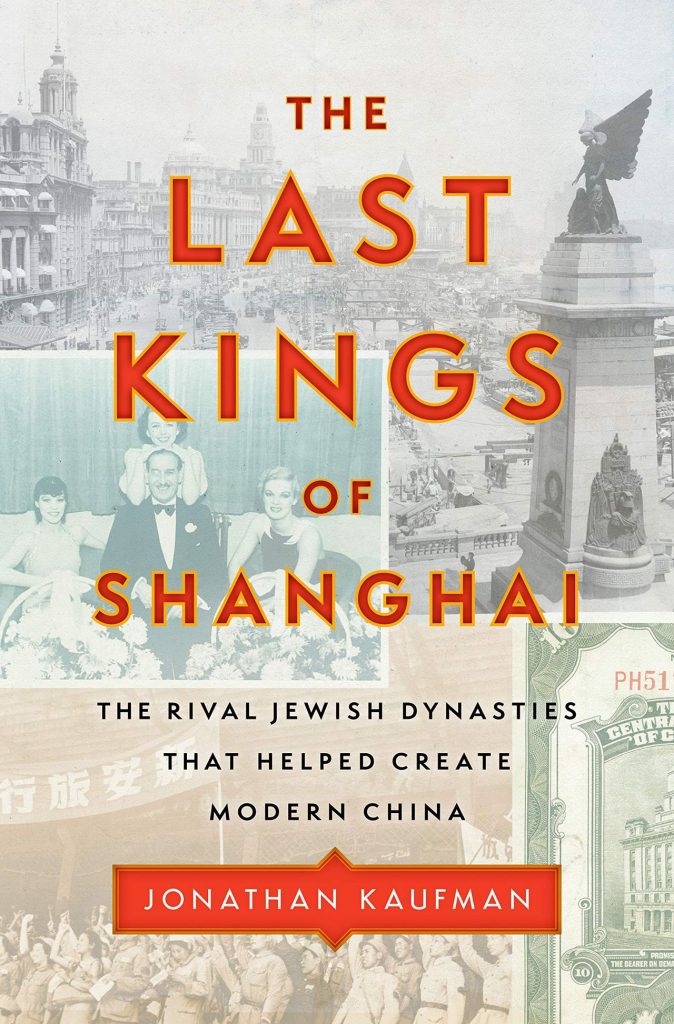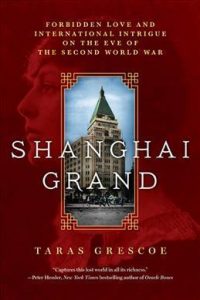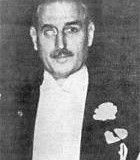2020’s book “The last kings of Shanghai” by Jonathan Kaufman has been on my reading list since publication, but I only read it recently. I had high expectations from the review and the book has some really interesting parts, at the same time it is a bit of a disappointement from an Old Shanghai researcher point of view.
A number of books have been written about the Sassoon’s trade empire, and particularly about its most visible character in Old Shanghai, Sir Elias Victor Sassoon. Instead of focusing on this family only, “The last kings of Shanghai” tells the story of two competing families, the Sassoons and the Kadoories. Both Jewish families originated from Baghdad through Bombay, ending up in Shanghai. Both left grand buildings in Shanghai, the Sassoon’s Cathay Hotel and the Kadoorie’s Marble Hall.
As opposed to the Sassoon’s, the story of the Kadoorie family is much less known. The author description of the family life in Shanghai, the role of the death of Elly Kadoorie’s wife Laura on him and his sons Lawrence and Horace is really informative. The roles and differences of both brothers in running the business in Shanghai and in Hong Kong brings a lot to this story. The book does not stop with the end of Old Shanghai in 1949, but also covers the crucial involvement of the family in Hong Kong development as well as their return to China in the 1980s and Shanghai come back with the opening of the Peninsula Shanghai on the Bund in 2009.
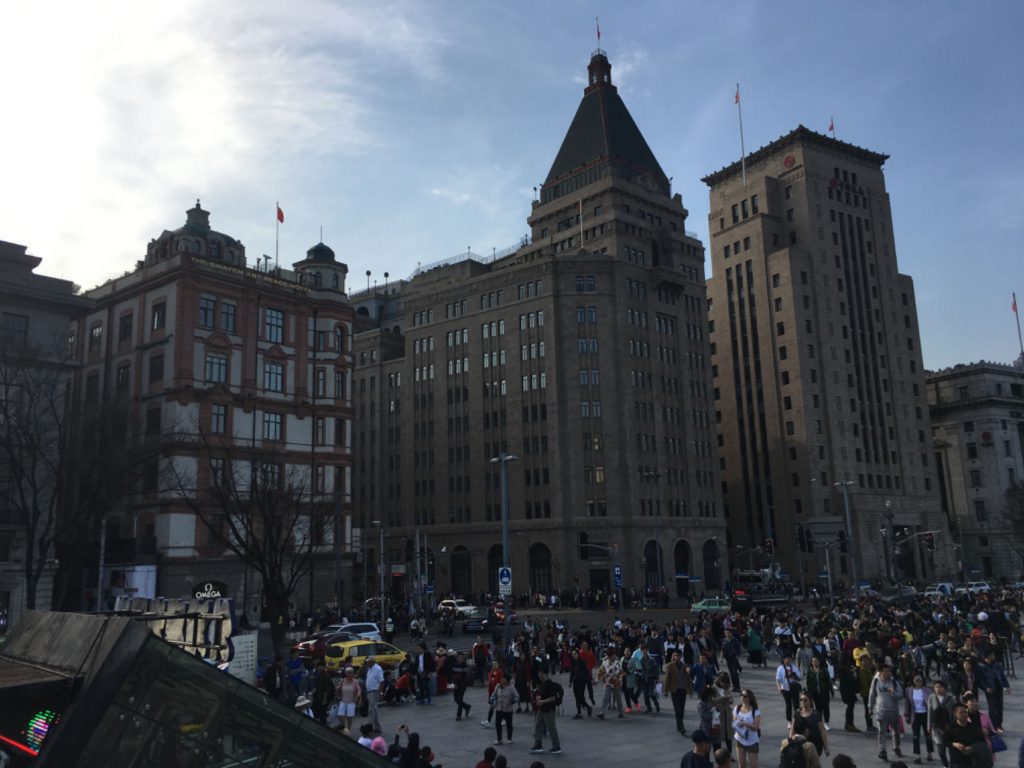
Although it brings some good information, the book is also shallow on a number of topics. The author seems to be more interested in telling a good story than doing in-depth historical research. Sometimes, subject are simply overlooked when more research would have been valuable as well as bringing accuracy. This was underlined by the FT review of the book , mentionning that “Laura Mocatta, Elly’s dynamic wife, is described as “an educated British aristocrat”. The Mocattas were prominent British Jews, but, unlike the Rothschilds, not ennobled.”
Similarly, the history of the Kadoorie’s Shanghai & Hotels group property and its architecture could have been more detailled. It has been documented that Abelardo Lafuente, the Spanish architect in Old Shanghai had a close relationship with the Kadoorie family, having been involved in the interior decoration of several of their properties including the Palace Hotel in 1922 and the Astor House Hotel in 1917 and 1923., but he is never mentioned. As explained by Katya Kniazeva in her post, Aberlardo Lafuente was commissioned to create the Jewish Club near the Kadoorie’s house on Bubbling Well Road in 1918. This particular building also burned down some times after the fire that took Laura’s life. Marble Hall was created by renovating this structure after the fire, keeping a familiar look.
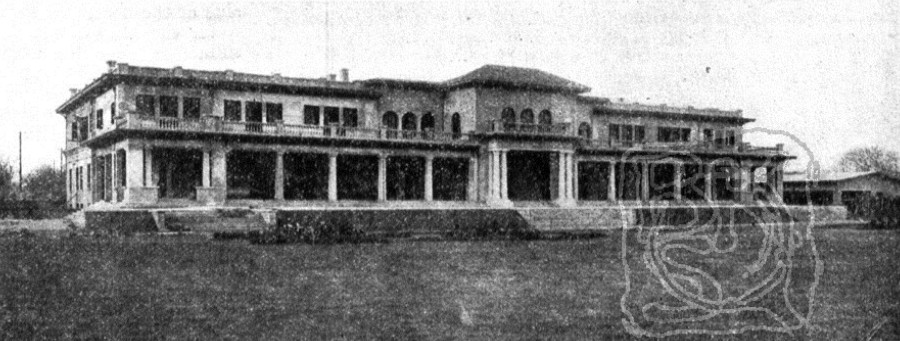
Similarly, the story of the Majestic hotel is also overlooked. The book mentioned that the building was bought from ” Scottish friends of the Kadoories”. Those “Scottish friends” were the McBain, one of the most important family in Shanghai, involved in petrol distribution all over China and other businesses. The “Spanish / French” architect hired to create the Majestic hotel was also Aberlardo Lafuente.
“The last Kings of Shanghai” is definitely an entertaining book telling a great story. It’s a great introduction to Shanghai history and its foreign influence. Too bad the author did not go into more details on a number of topics. That would have made the book even more valuable.
